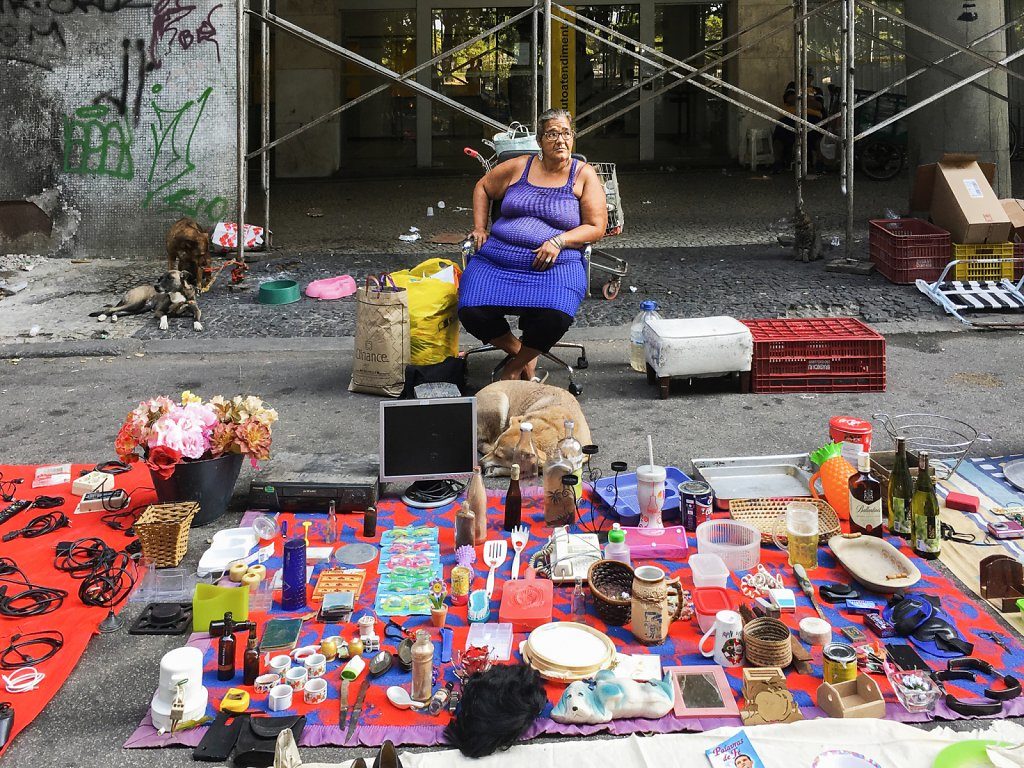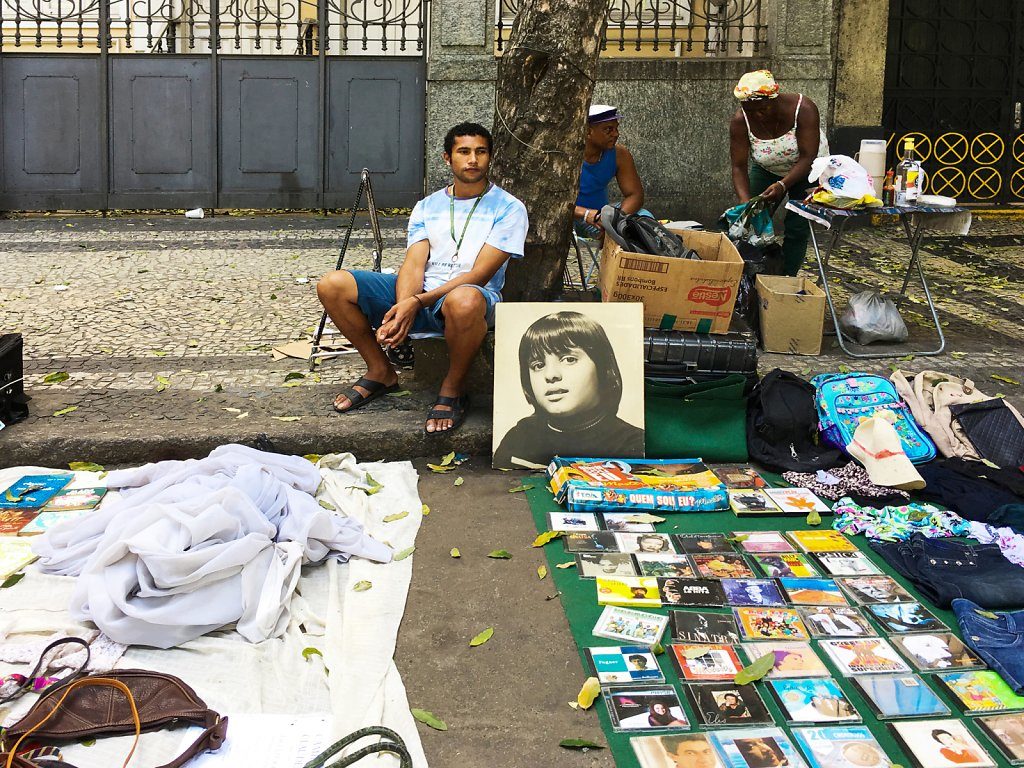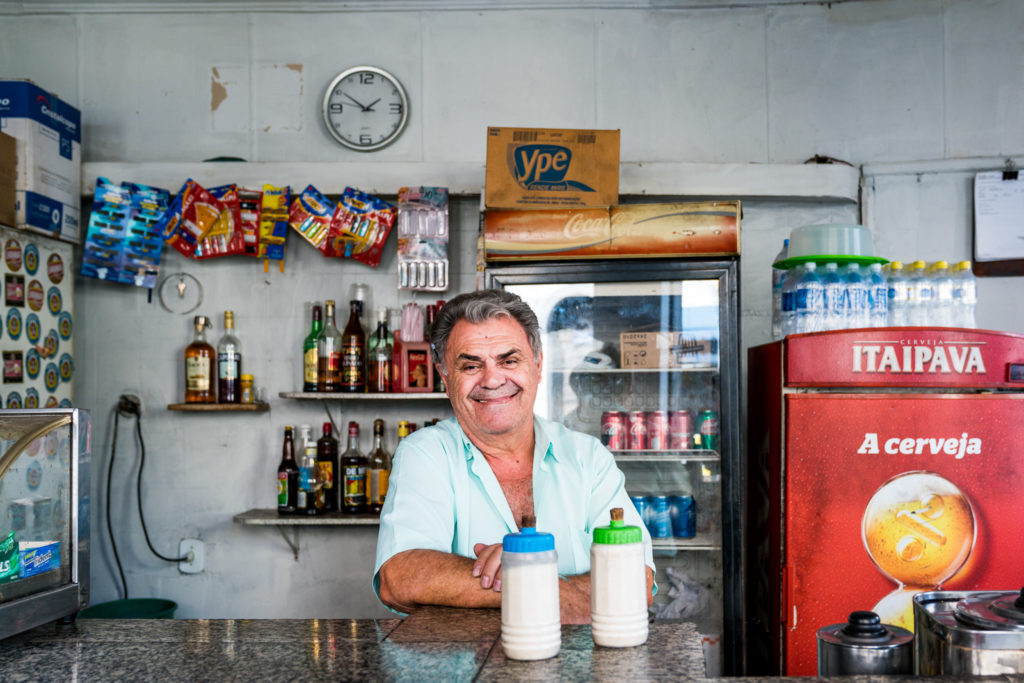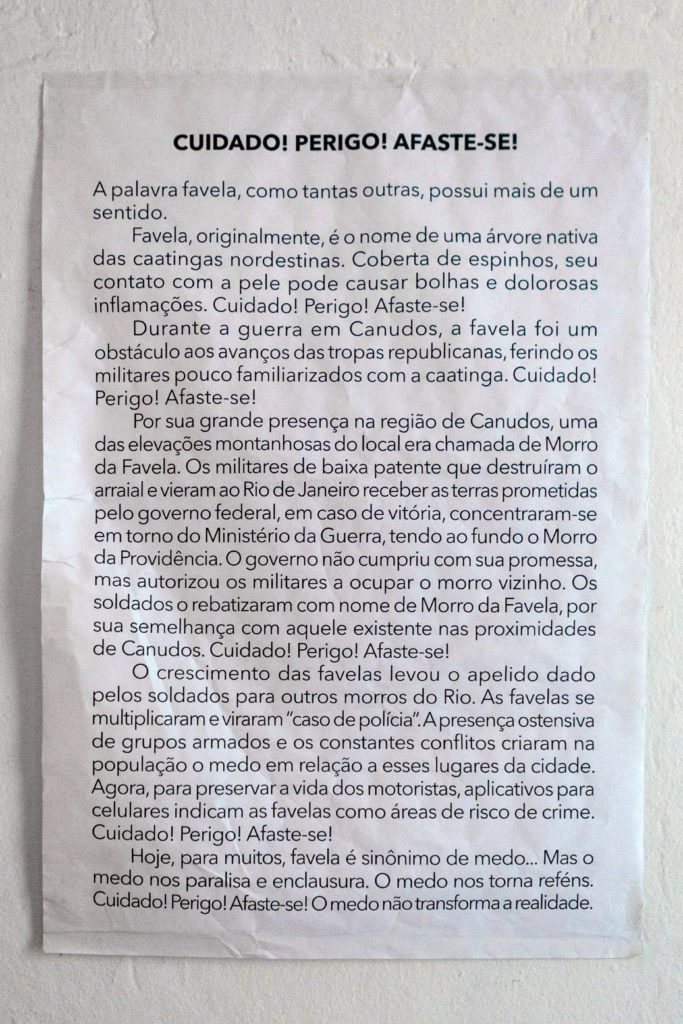
Watch out! Danger! Get away!
The word favela, like so many others, has more than one meaning.
Favela, originally, is the name of a tree native to the northeastern caatingas. Covered with thorns, its contact with the skin can cause blisters and painful inflammations.
Watch out! Danger! Get away!
During the war in Canudos, the favela was an obstacle to the advances of the republican troops, wounding the military unfamiliar with the caatinga.
Watch out! Danger! Get away!
Due to its great presence in the Canudos region, one of the mountainous elevations of the place was called Morro da Favela. The low-ranking military officers who destroyed the camp and came to Rio de Janeiro to receive the lands promised by the federal government, in case of victory, concentrated around the Ministry of War, with the Morro da Providência in the background. The government did not keep its promise, but authorized the military to occupy the neighboring hill. The soldiers renamed it by the name of Morro da Favela, because of its resemblance to the one in the vicinity of Canudos.
Watch out! Danger! Get away!
The growth of the favelas took the nickname given by the soldiers to other hills of the Rio. The favelas became multiplied and became a “police case”. The ostensive presence of armed groups and the constant conflicts created in the population fear in relation to these places of the city. Now, to preserve the lives of drivers, mobile apps indicate favelas as areas at risk of crime.
Watch out! Danger! Get away!
Today, for many, favela is synonymous with fear … But fear paralyzes and encloses us. Fear makes us hostage.
Watch out! Danger! Get away!
Fear does not change reality.
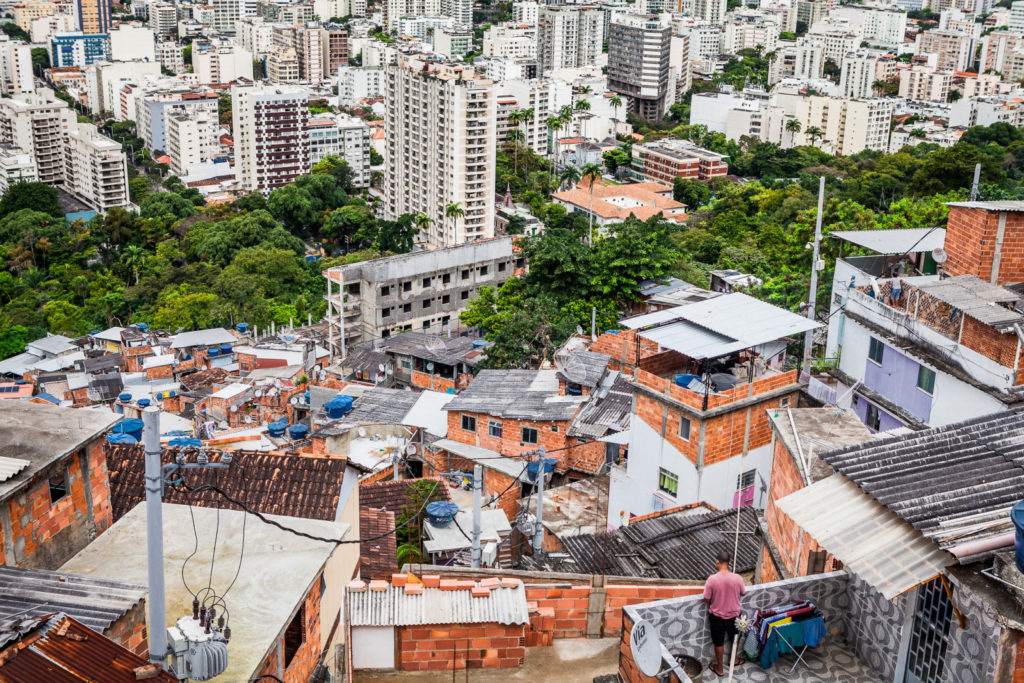
Between June and August 2018 ogino:knauss was in an exploratory mission in Rio de Janeiro. The goal was to identify territories and local partners for the production of a future episode of Urbiquity. For 40 days Jopixel and Sergio have experienced from the inside the challenging, tough, painful reality of living in Rio.
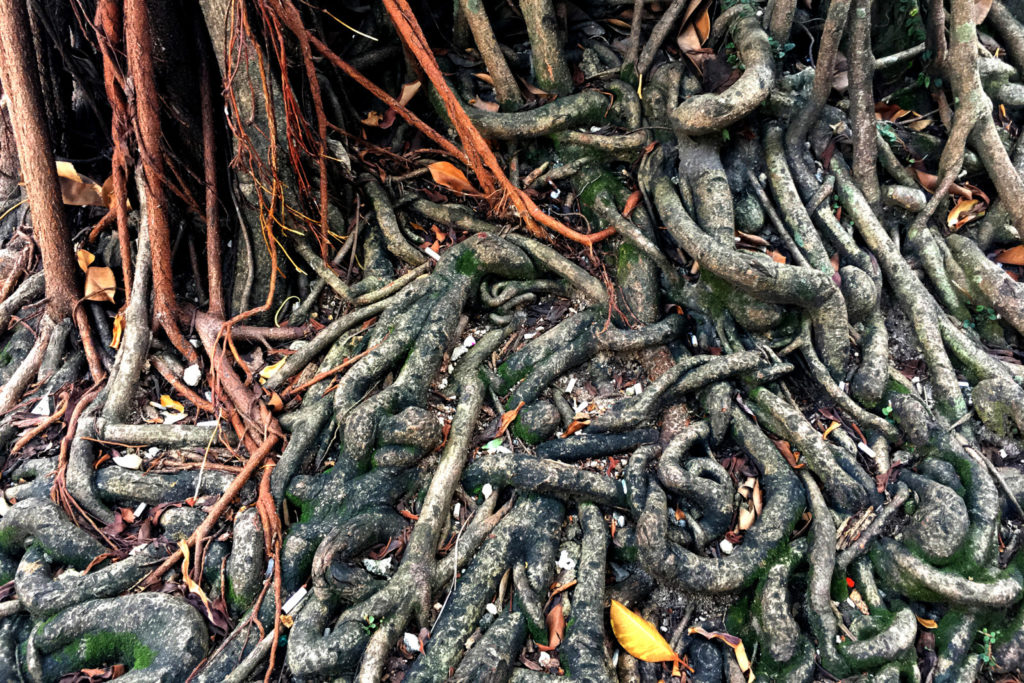
Here we explored another expression of the concept of periphery, that of the favela, which is not marked necessarily by a physical distance from the center, rather by a radical marginalisation given by physical conditions, morphology, stigma, and concentration of disadvantaged and segregated social groups. According to the studio realised by the prefeitura “Favelas na cidade do Rio de Janeiro: o quadro populacional com base no Censo 2010”, 23% of Rio de Janeiro inhabitants live in favelas. This value increases to 35% considering only central zones and decreases to 17% considering only the south zone. Almost one and half million people resides in favelas. (Data from the Instituto Brasileiro de Geografia e Estatística).
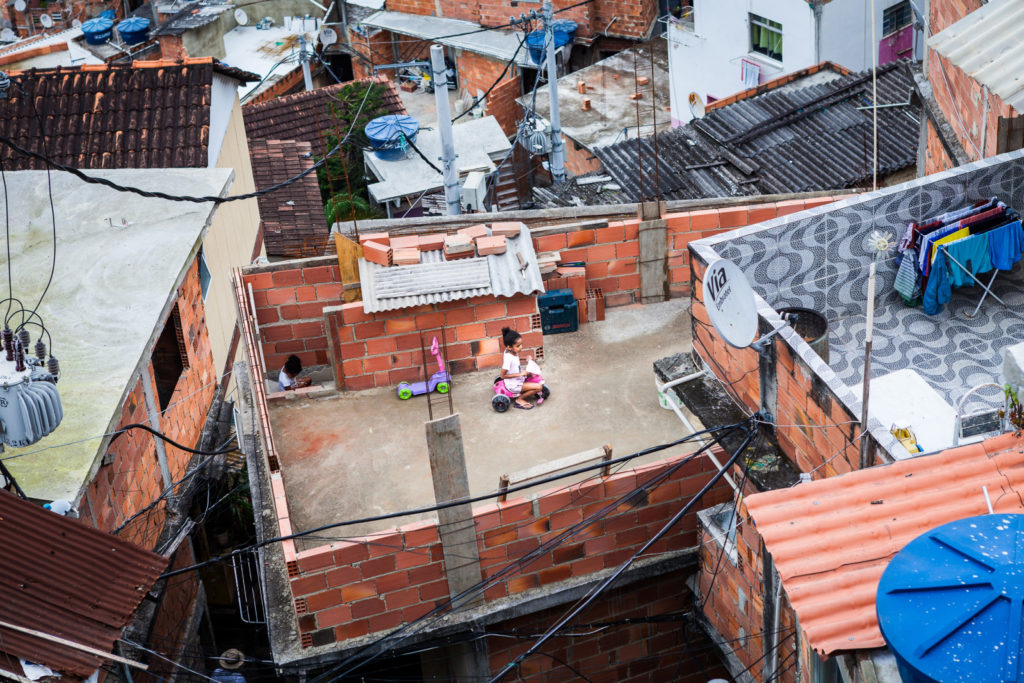
If not formally planned in the modern urban fabric, the favela develops all around the established city, in a perversely effective symbiosis with it, all but incoherent product of its ideology and power structure. The favela is functional to the city, grows and prospers around productive settlements, shopping centres and residential enclaves, it surrounds the city of the wealthy and permits its development. The favela provides cheap and subjugated workforce for its economy.
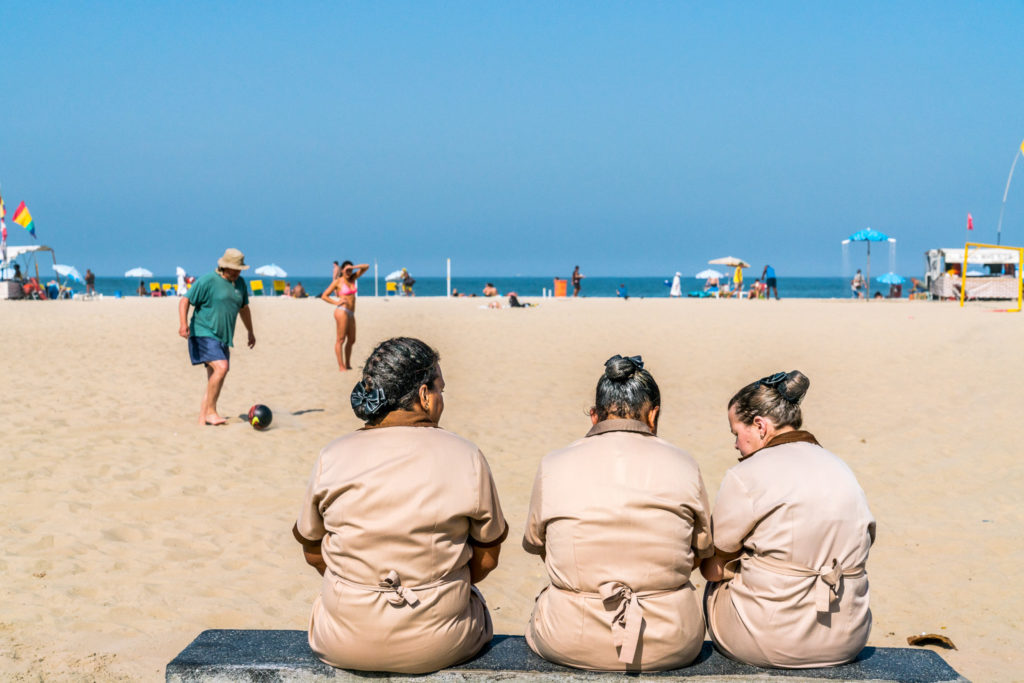
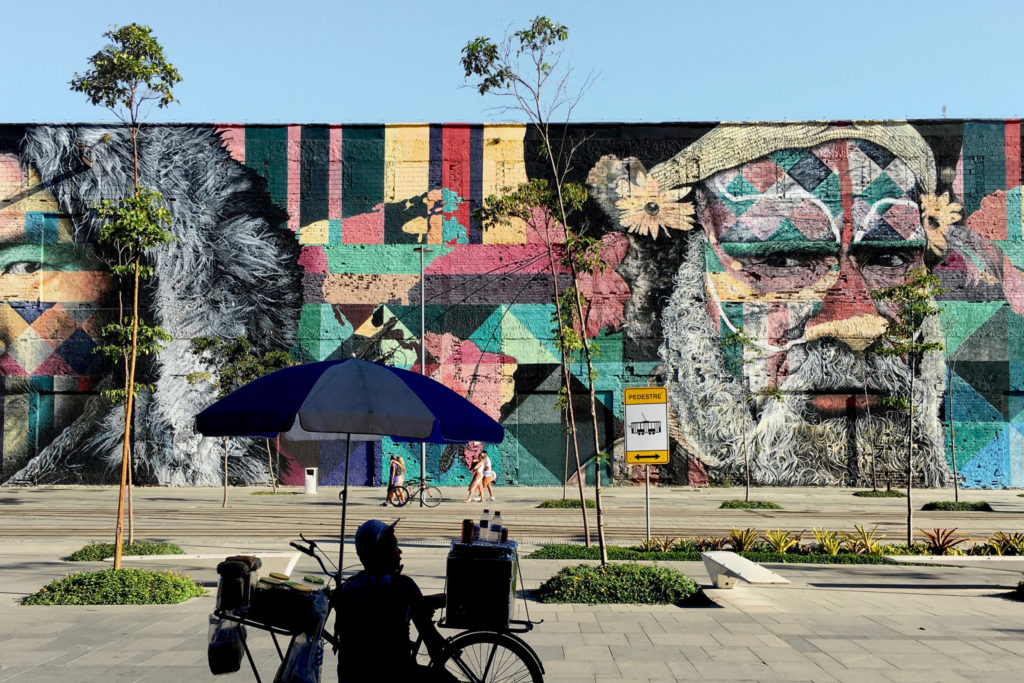
The division between rich and poor, whites and blacks, citizens and favelados is clear-cut. During last years increasingly young leaders in the favelas welcomed the use of the term favelado as a something to be proud, an identity to reclaim, that states their resistance, resilience and strengthens a shared identity.
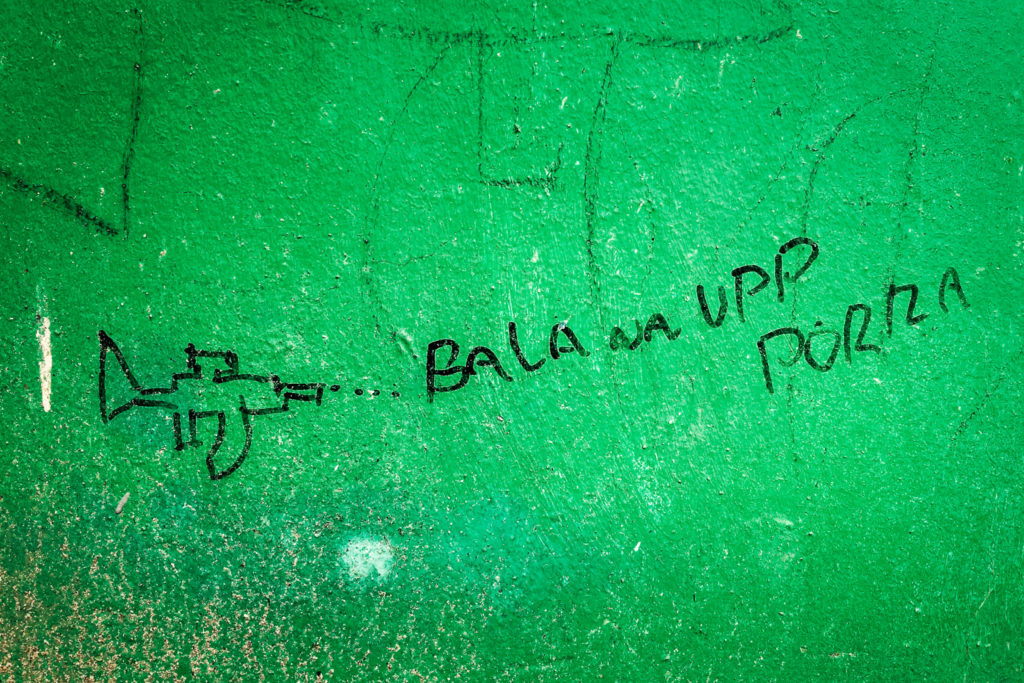
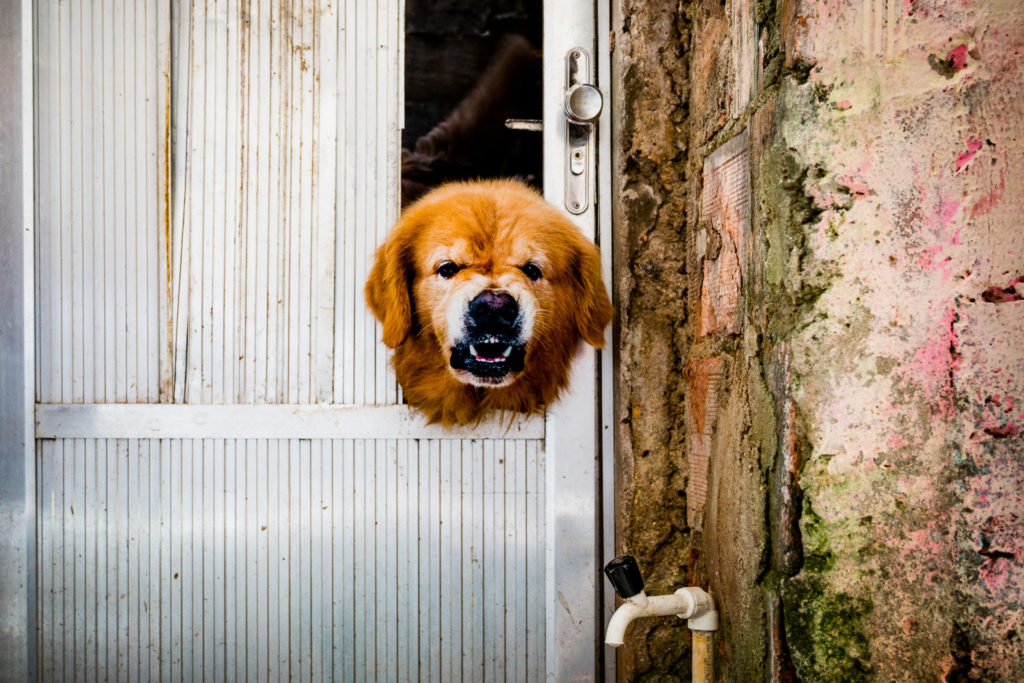
The task of our team to survey Rio looking for territories and people to collaborate with was difficult and dangerous. What we found is a city sinking in a spiral of violence, militarisation, segregation and social disintegration. Since the Olympics any form of social truce disappeared. The favela is increasingly the disputed territory of a steady warfare involving narcos, militias, police and military corps among which the majority of citizens, and especially their most dispossessed components, blacks, poor, kids, are left defenceless and abused. The special laws introducing the UPP – Pacifying Police Unit – piloted first in Santa Marta produced contradictory effects, if not totally counterproductive. Our investigation started initially from the Santa Marta favela, known as a pilot ‘pacified’ territory, interested by first timid attempts of tourism and gentrification. We participated to the workshop organised by the partners of PUC and other universities involved in the cocreation project investigating how creative coproduction can empower distressed neighborhoods.
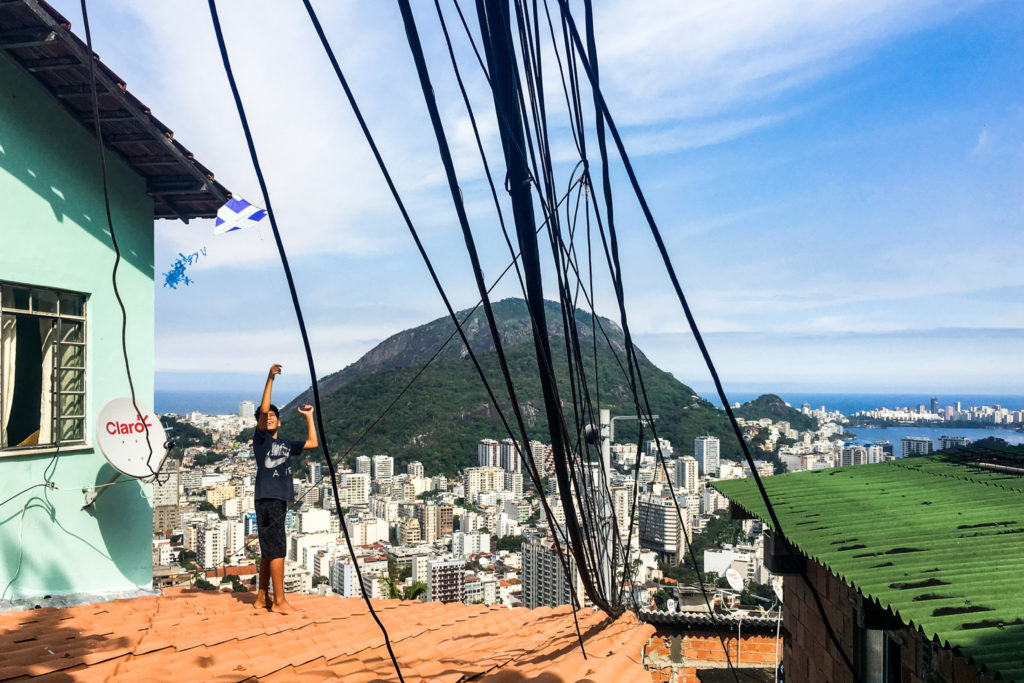
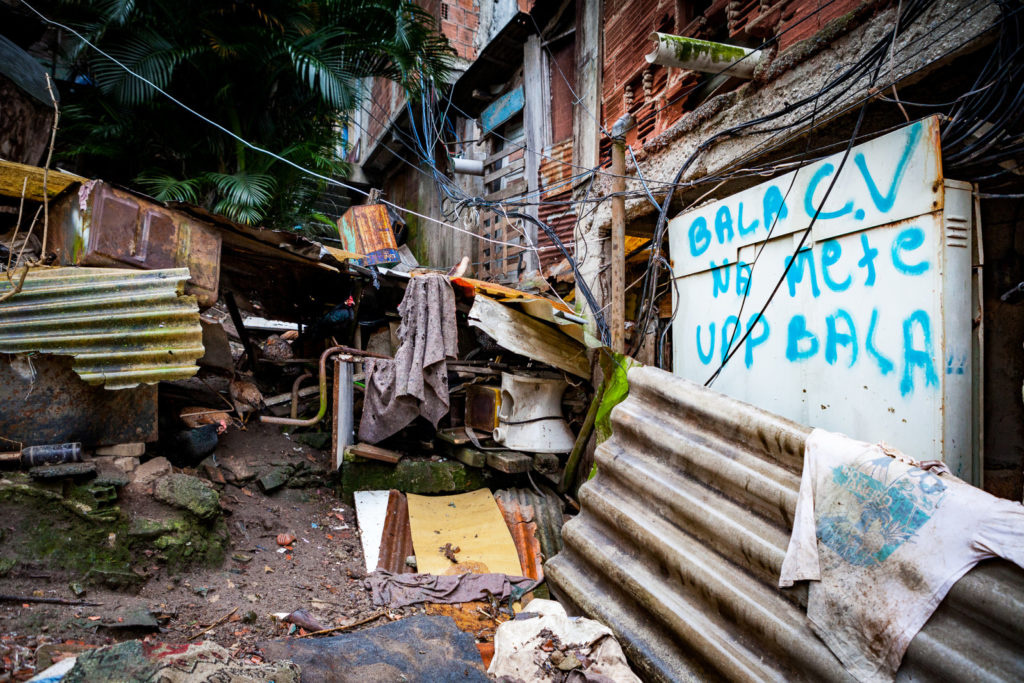
Our attention was then directed to other favelas, like Rocinha, where we had the opportunity to be guided in a tour of the favela by film-maker Carlos Casas, author of an excellent documentary on the subject.
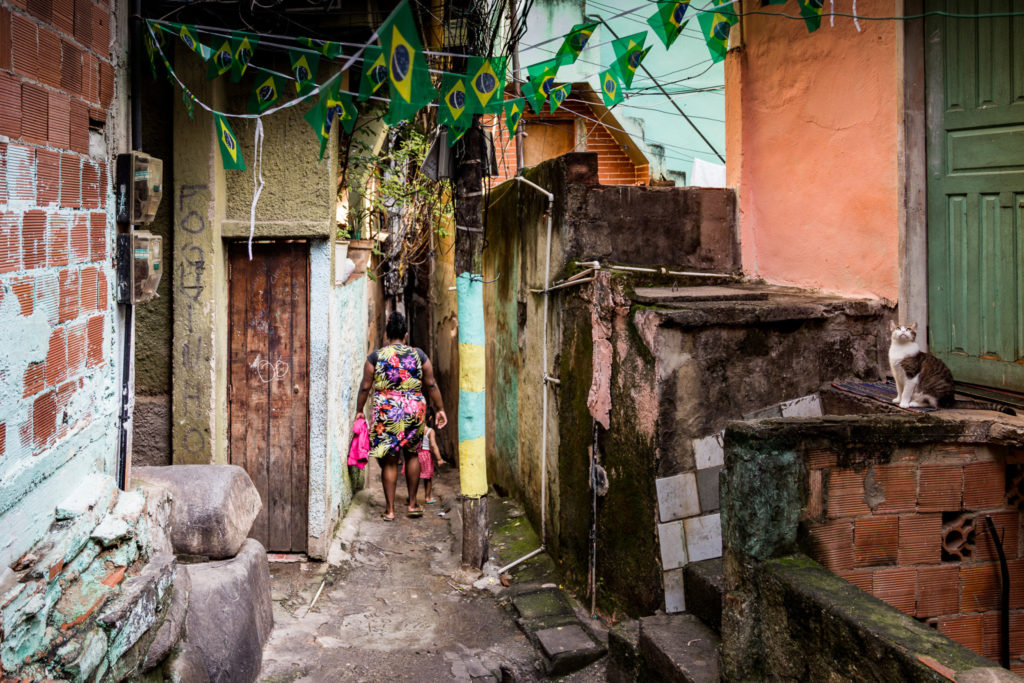
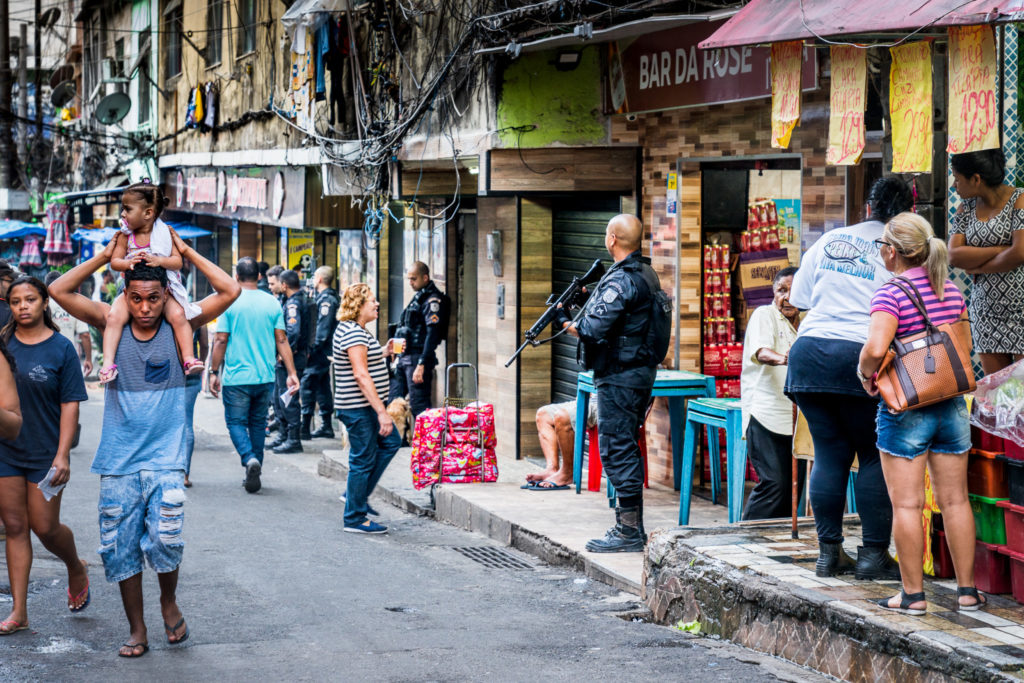
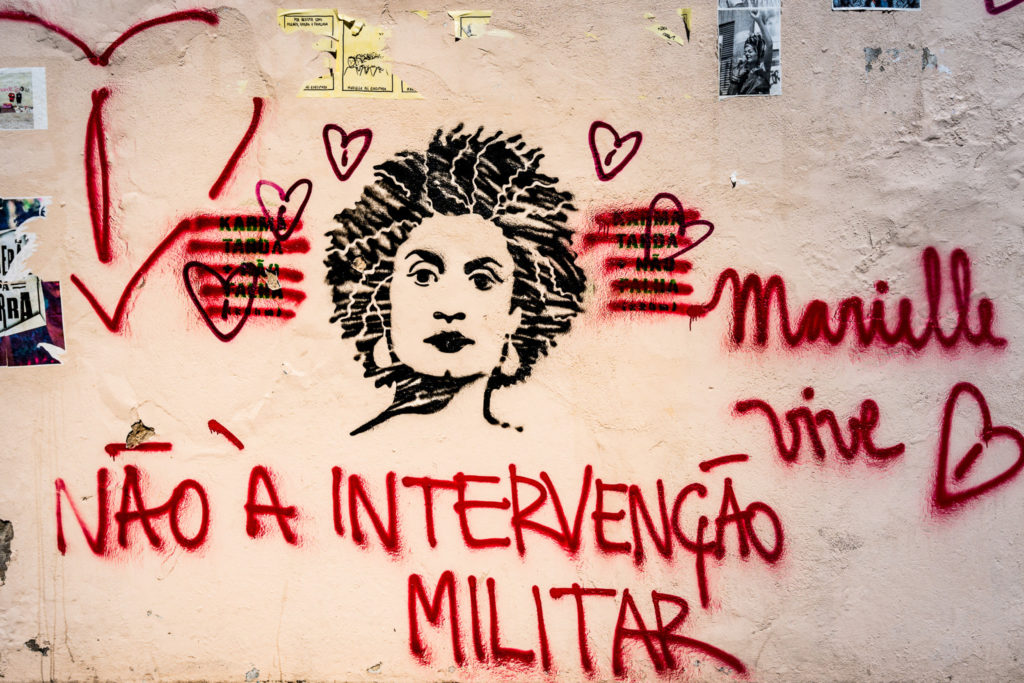
Finally we focussed our interest on the area of Marée a huge territory, a complex of favelas in fact, which is also the place where Marielle Franco grew up and started her political activity. Here our attention was captured by the Museu da Maré, a community project dedicated to the collective memory of the favela. We met and interviewed few animators of the project and activists working in that structure, and we plan to set a collaboration for the future development of the project.
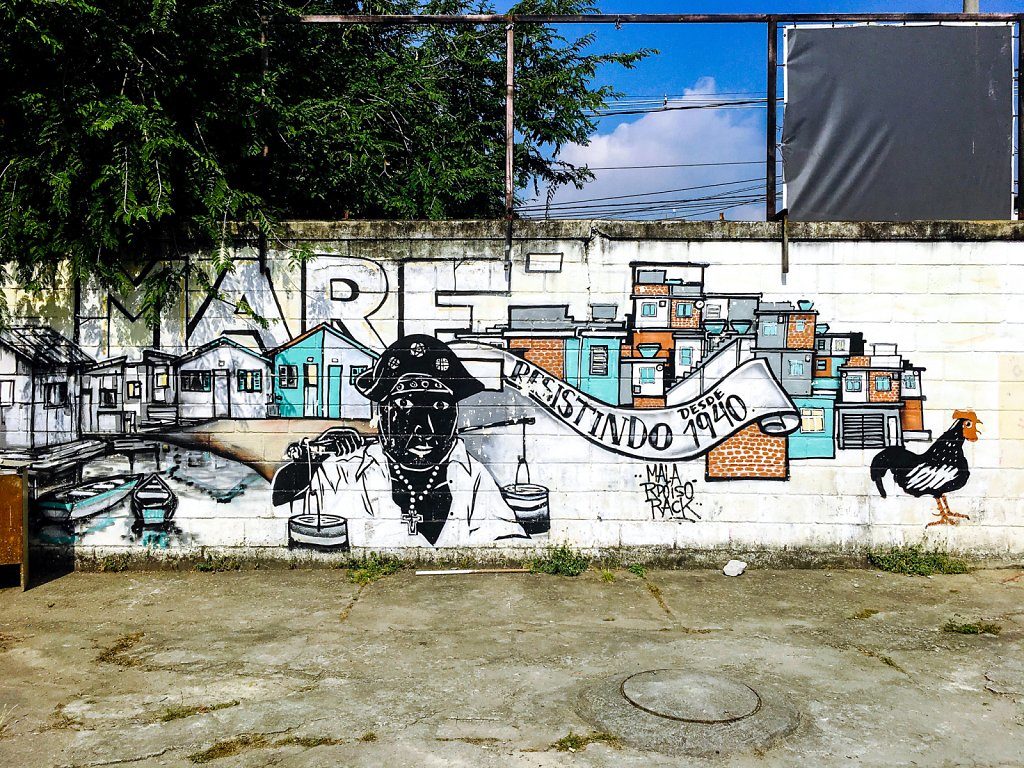
This first experience in Rio has helped us to identify quite sharply the main themes that we need to tackle in our future research. The process of securitisation and militarisation of urban space is indissolubly connected with social justice and reproduction of disparity. For this reason we selected among the exercises of urban reconnaissance that constitute the guidelines our research process the exercise Prohibited City as the ideal entry point to navigate Rio de Janeiro. We experienced concretely Rio as as a denied geography, a city which geography is determined more by the practical inaccessibility or exclusivity of its spaces than their availability to the people.
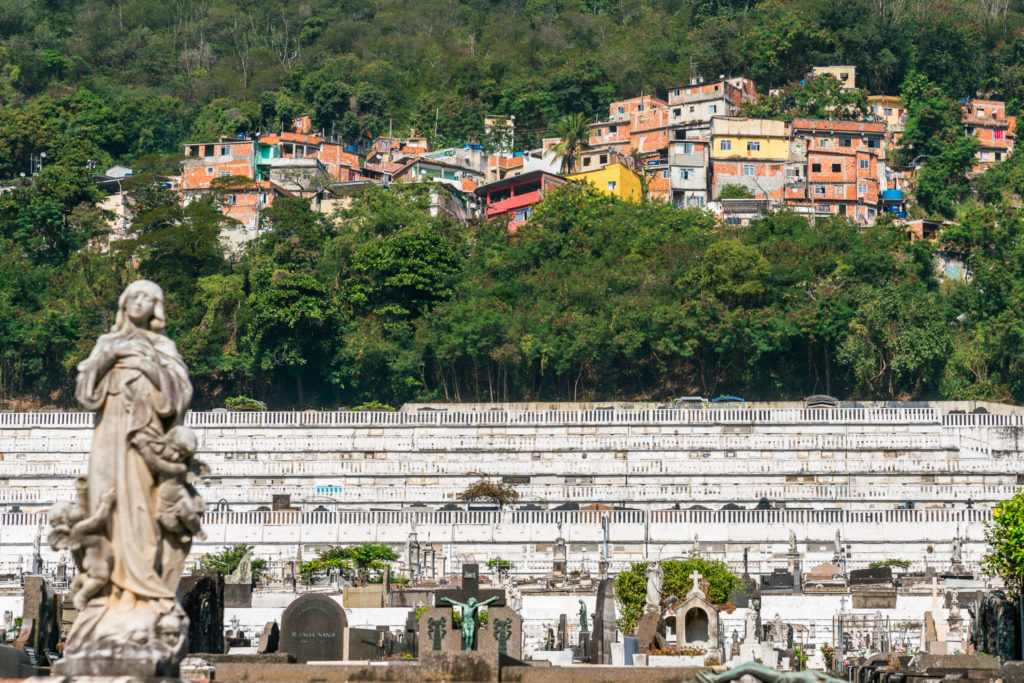
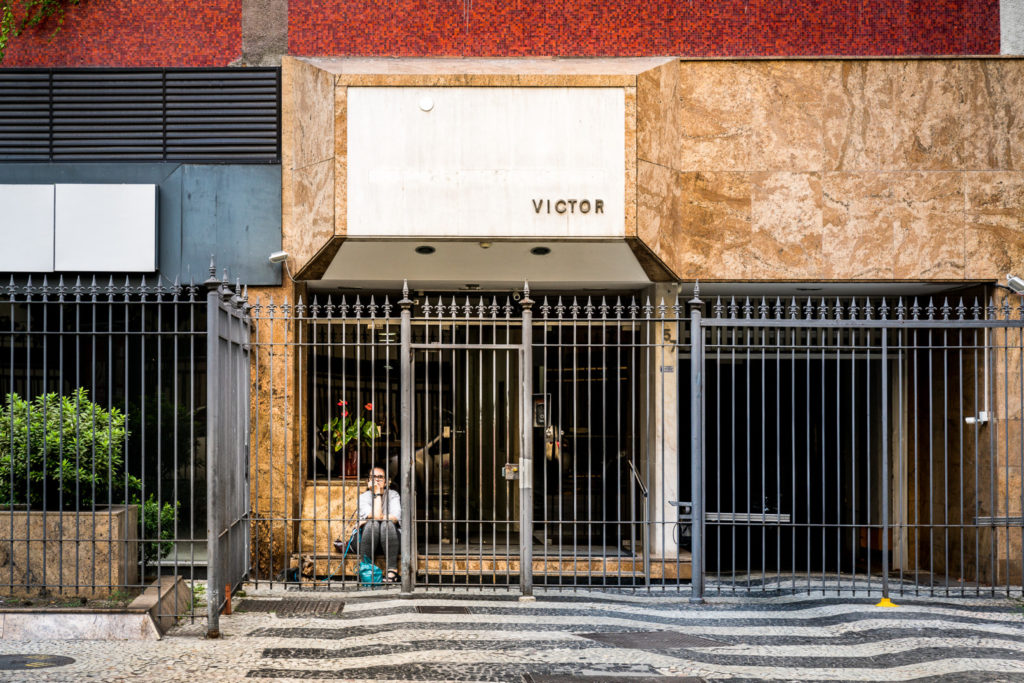
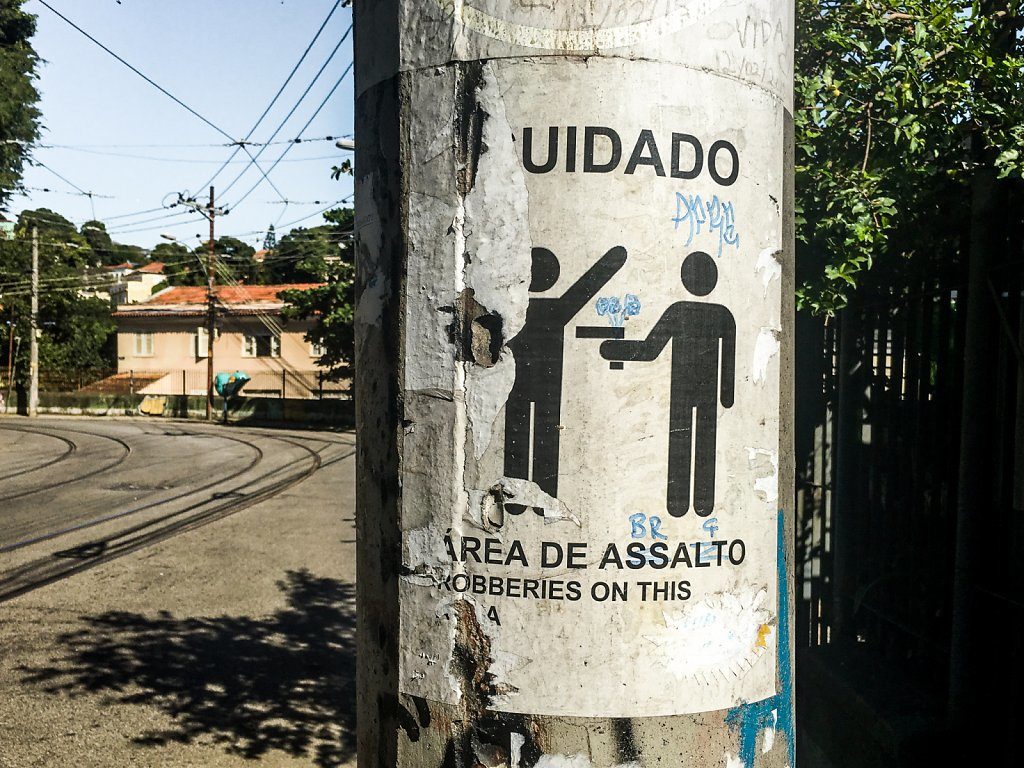
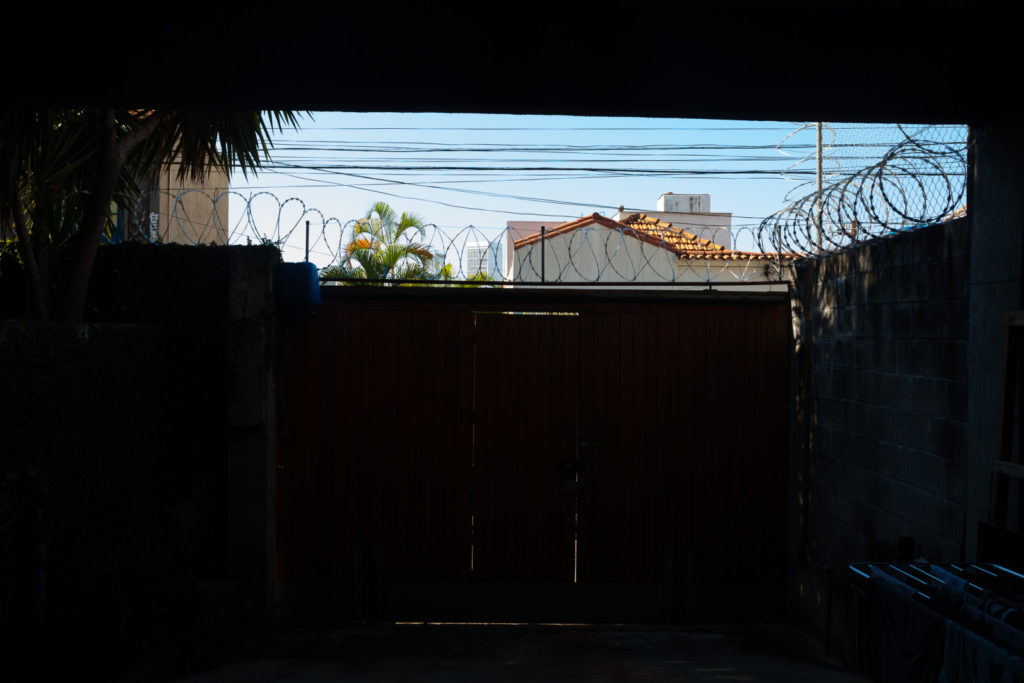
Uber city, is the first nickname we employed, referring to the fact that you can only access places where Uber drivers accept to bring you or to pick you up. A city where digital apps have become essential to track violence and assaults and avoid areas where police operations are in course.
From the travel diary:
You travel in Uber, cheaper and safer than taxis. You go shopping in Uber. You return from an evening in Uber. He waits for Uber at home, peeping out the door. Gates, barbed wire, access codes, cameras, doormen, armed guards, lookouts of the narcos, guard dogs, everyone in his Gates Community golden or poor. Written rules dictate daily life. You exit with the hidden cell phone. You walk fast. It comes out in a group. The mouths of smoke are avoided.
By day and not weekends in the Center. Never on the beach in Copacabana in the evening. Better the subway than the bus. Samba, Forrò, Choro, Funk carioca, played at the corners of the streets of the La Lapa; messy family grills, on Sundays, under the mighty palms of the promenade; trinket vendors in Gloria sleeping on the street; transsexuals singing and dancing popular TV songs for little change in Catete; small bars and restaurants in Botofogo; street vendors selling refreshing drinks from carts pulled by old bicycles; waiters and waitresses who descend from the favelas every day with rickety buses to work in luxury hotels; bicheiros on street corners that dictate the rhythms of the day with numbers and animals (jogo do bicho – animal game).
Lives looking for safety cutouts in a constant insecurity that hides itself in the norm.
A city that ghettoizes, excludes. Excludes the poor from primary services, education, health, access to water …, but also the rich who move separated in luxury cars with darkened windows, as well as the frightened middle class.
Every hope of redemption is relegated to personal actions. Marielle Franco, favelada, woman, lesbian, black, councilor, who fought for the civil rights of the poorest people, who denounced the abuse of military apparatus, was brutally killed by a commando in the center. A white, repressive democracy.
The banality of violence, the simplicity of crime, the complexity of rights.
